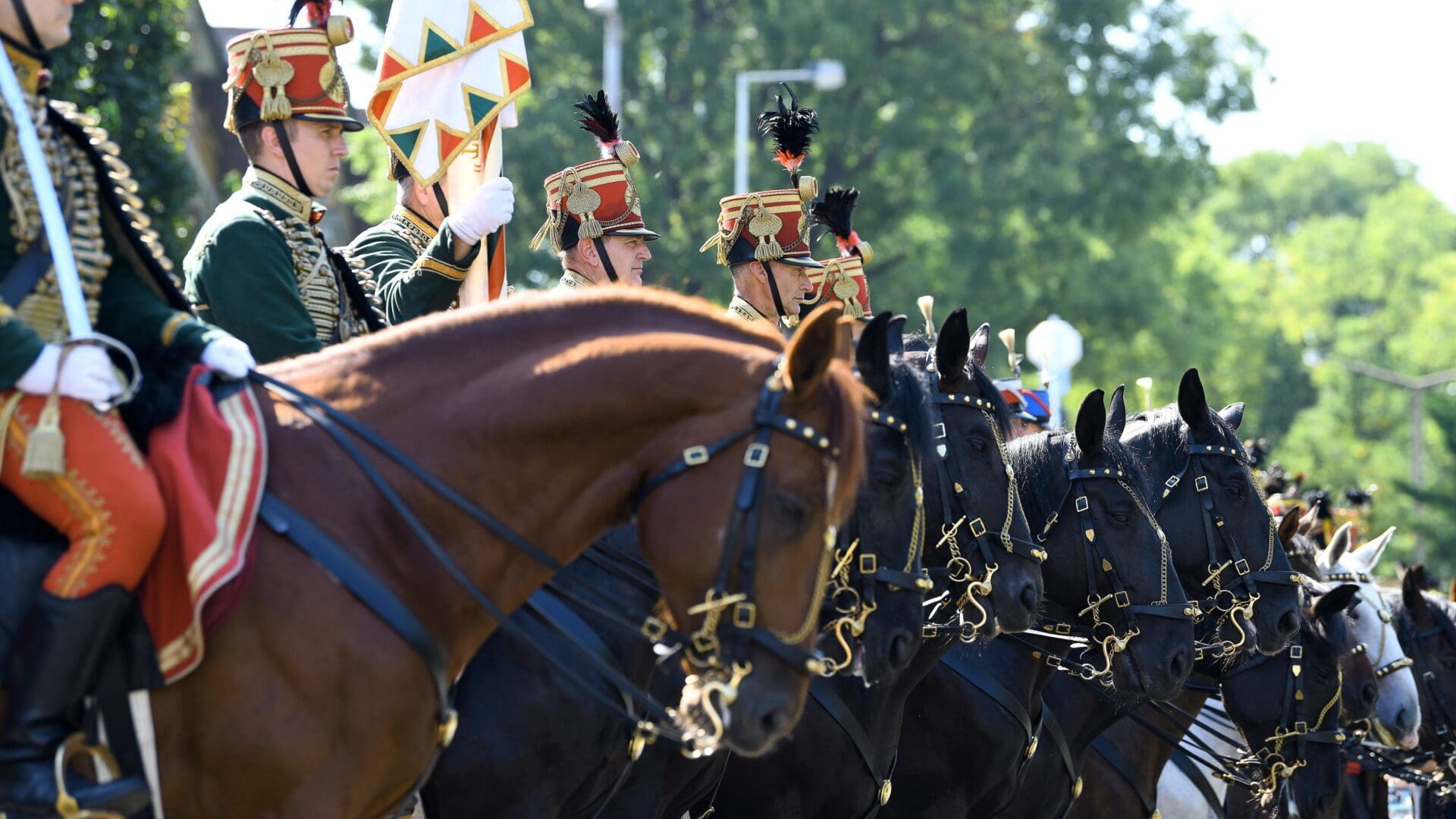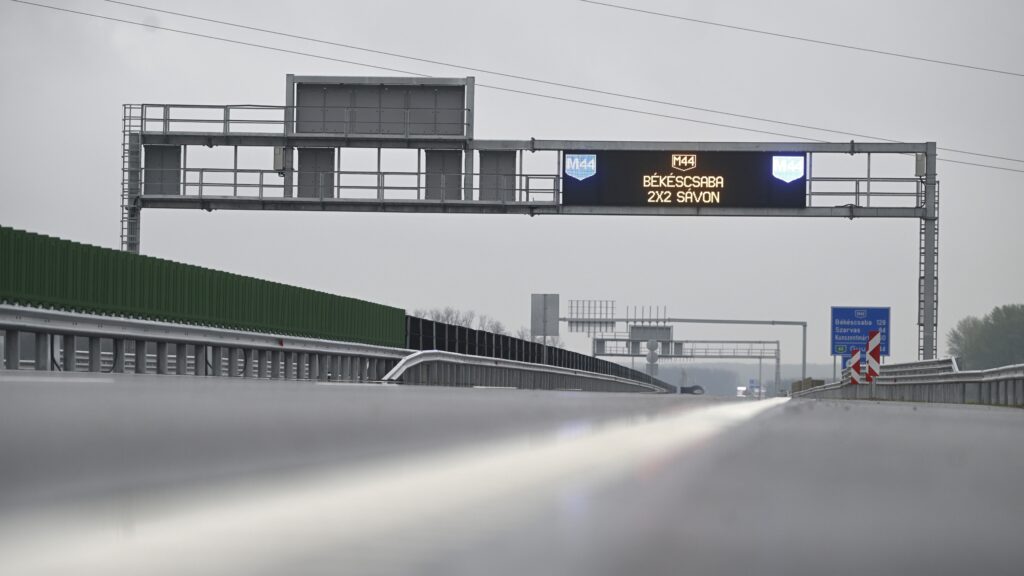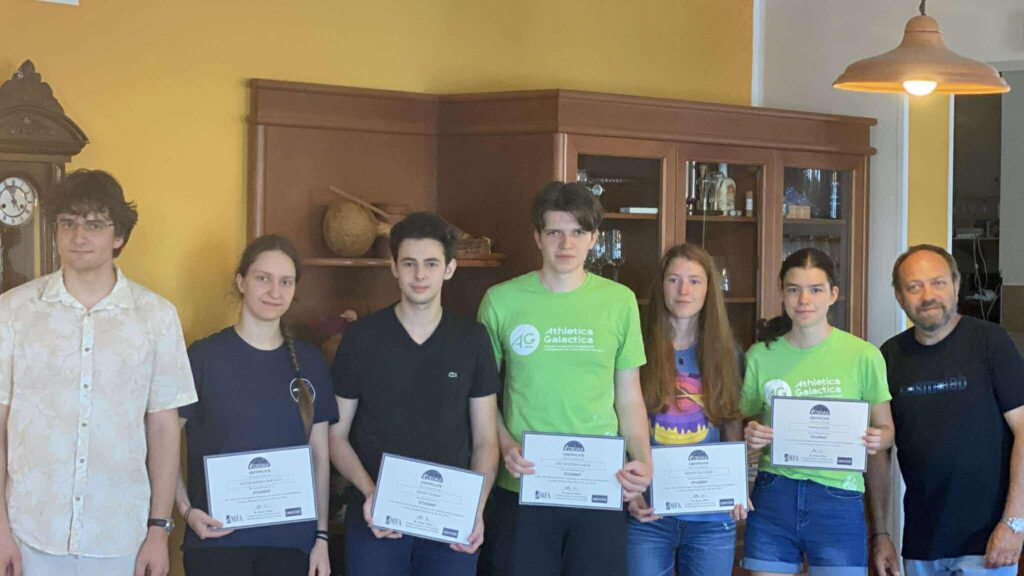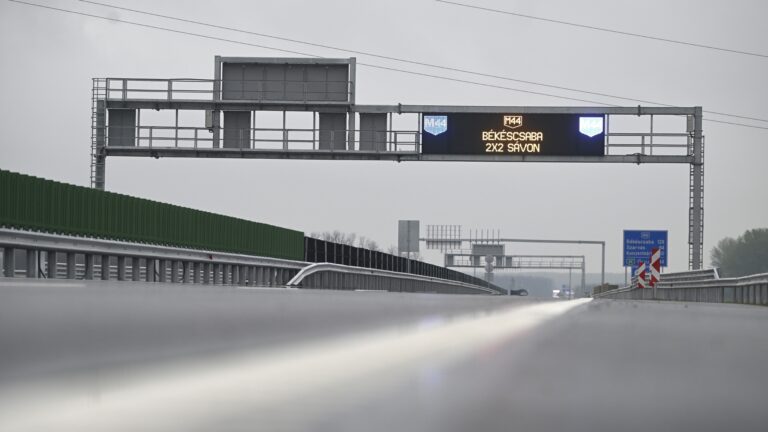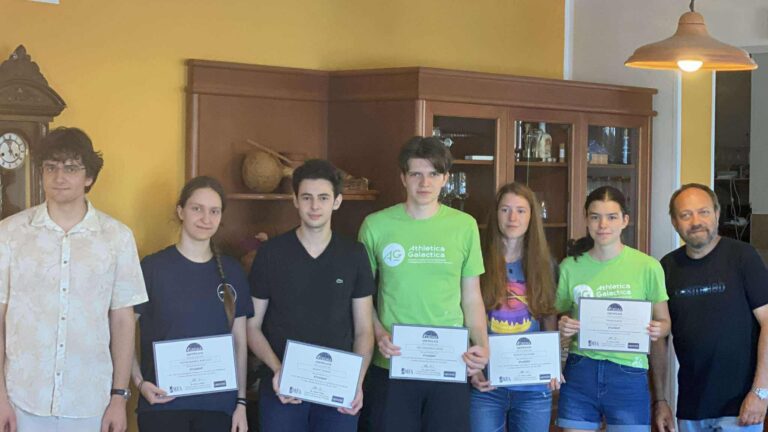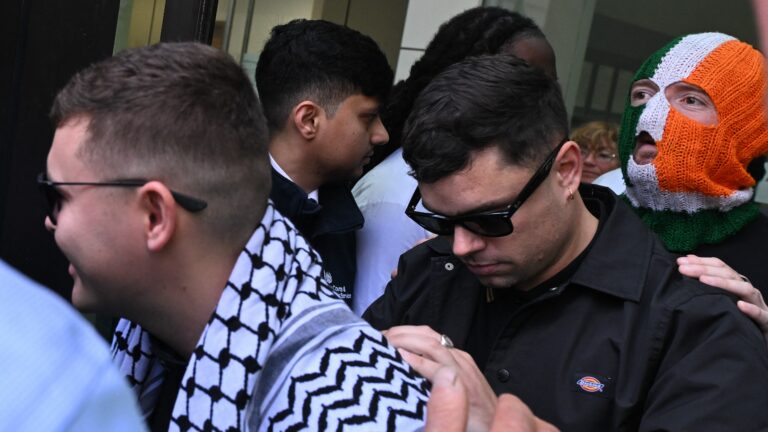‘The Hussar is more than just a mounted soldier; the Hussar is us!,’ as it represents the essence of Hungarian national character clad in uniform, Kristóf Szalay-Bobrovniczky declared at the opening of the 18th Nyíregyháza Hussar Gathering.
The minister emphasised that the Hungarian hussar is creative, clever, swift, self-motivated, courageous, proud, and self-assured. These traits, he noted, are not only military virtues but also the foundation of competitiveness among nations today.
The Minister of Defence recalled that with the hussars the Hungarian nation has given a distinctive service branch to the world, whose traditions are upheld in nearly every corner of the globe. However, due to the devastation caused by socialism and communism, it was precisely the Hungarians who did away with the institution of Hussarism. The last generation of hussars were victims of a dictatorial regime, from whom the whole nation was alienated, and who were robbed of their honour earned with blood, denied respect and care for the memory of their fallen comrades. That generation was demoted and persecuted, he added. In those years,
it seemed that the Hungarian Hussar was condemned to oblivion,
but with the softening of the regime, some elderly officers repatriated the hidden ‘regimental treasures’ from abroad, including flags, relics, and portraits of fallen comrades–and placed them in museums, entrusting them to foundations.
However, the time has come when the Hungarian Defence Forces are once again embracing this intellectual legacy, taking charge of preserving the Hussar tradition, allowing the Hungarian Hussar to finally find his way back to where the heroes’ memory is honoured with respect and appreciation. The minister added that it is unacceptable that the hussar tradition be safeguarded only by British armoured units or French paratroopers. That is why soon there will be a modern, non-mounted, important combat-task-holding hussar unit within the Hungarian Defence Forces again, the minister announced.
Szalay-Bobrovniczky reminded that the modernisation and supply of the Hungarian armed forces with NATO-compatible equipment began years ago, which was accelerated by the Russo-Ukrainian war. The lessons learned necessitated the acquisition of new tools. The historic Hungarian defence industry is being re-built, the structure of the military organisation is changing, military education is given the attention it deserves, and the government and the ministry are working on the establishment of territorial defence.
The opening speech was followed by the remarks of Nyíregyháza Mayor Ferenc Kovács, who emphasised that events like the Hussar Gathering provide an excellent opportunity to bring the renowned service branch and their courage, boldness, determination, and excellent situational awareness to life. Although there are no living representatives of the old hussars anymore, the city leadership’s determined goal is to safeguard, nurture, and pass on the hussar spirit.
The first Hussar Gathering was held in August 1991 in Nyíregyháza. Nearly three hundred former hussars, the majority of whom had served in the Second World War, were honoured at the Hussar Monument. Since then, the commemoration has been held regularly every odd year.
Related articles:
Sources: Hungarian Conservative/MTI

